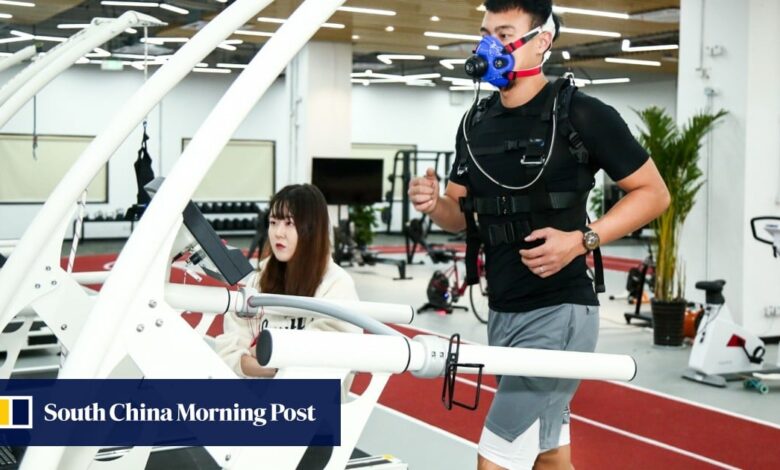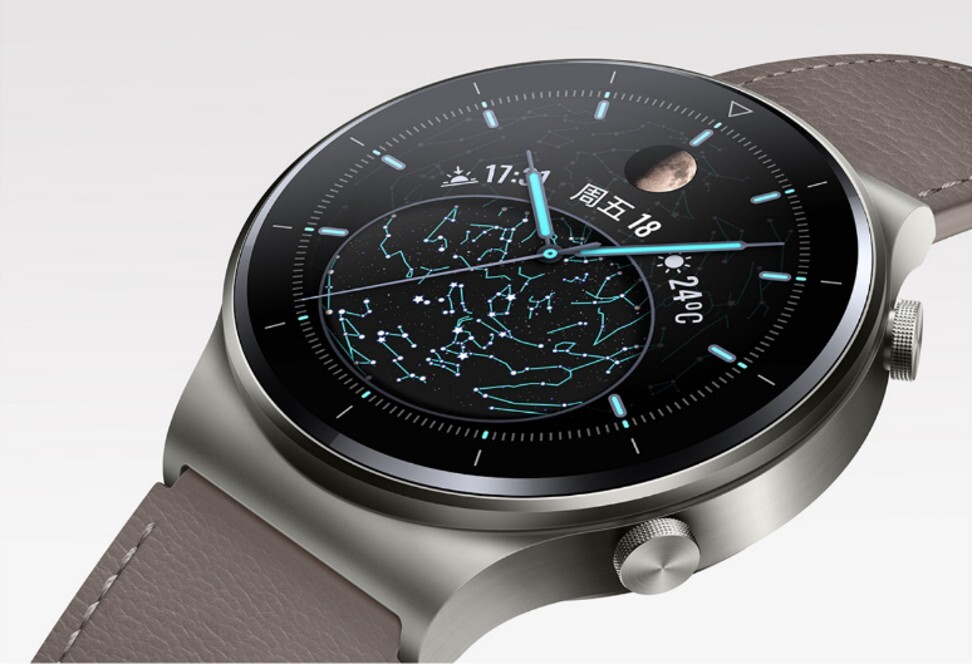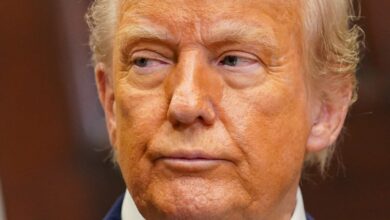Huawei ramps up wearables effort with focus on health care amid push into new growth areas

It did not say when features based on that research will be integrated with its line of wearable devices – including smartwatches, smart bands and eyewear – but aims to build a “strong barrier” to entry for competitors in the industry, according to a Huawei statement.
A Huawei spokeswoman said the company has no further comment beyond the statement.
“The whole industry is expecting [wearable] products which can really help consumers better manage their health [concerns], especially chronic diseases that both young and old people are likely to get,” said Jason Low, an analyst at tech research firm Canalys. “But there is still a long way to go because this requires a lot of R&D investment, as well as cooperation between smart hardware and technology companies.”

“By not relying on Google for its watches and with many components coming from non-US vendors, the negative impact to Huawei‘s wearables business has been less than in other tech categories,” IDC reported last month.
“We invest US$20 billion into research and development every year, but income is only 40 per cent of the input, as 60 per cent [of investment] is burnt like candles in the dark,” Ren said in a recent speech. “But we are not complaining. We can bring light to others just like leading European, American, Japanese and Russian businesses did.”
Ren said it was important for Huawei to simplify its product lines and focus on generating profit to survive US trade restrictions.
Huawei has more than 13 research centres around the world, covering smart wearable devices-related design, software and hardware development and health research.
Huawei’s lines of smart wearable devices, including its Watch GT 2 Pro launched last year, have functions such as heart rate, blood oxygen saturation and pressure monitoring.
The global wearables market reached 125 million units in the third quarter last year, up 35.1 per cent from the same period in 2019, according to IDC. Huawei shipped 13.7 million units in the third quarter, behind Apple’s 41.4 million total and 17 million from Xiaomi.
Consumer spending on electronics has increased the past several months as spending on travel, dining out and other leisure activities decreased during the pandemic. This shift in spending was a catalyst for growth in the global wearables market, according to IDC.
“Consider what this means: a larger installed base of wearable device users going forward and a larger opportunity for device replacements in the years to come,” said Ramon Llamas, a research director for mobile devices at IDC, said in a report.
This article appeared in the South China Morning Post print edition as: Huawei to focus on health care wearables
Source link



